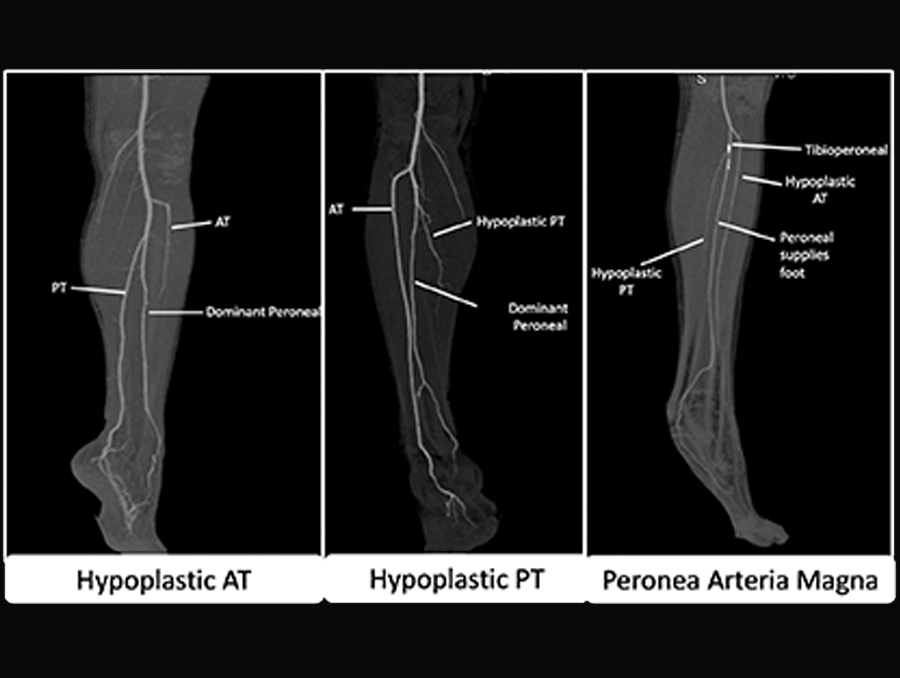- Home
- About Us
- Services
- Sonography
- 2D Echocardiography
- Abdomen & Pelvis Sonography
- Pelvis Sonography
- Kidney & Urinary Bladder Sonography
- Follicular Study Sonography
- Sono-Mammography
- Musculoskeletal Sonography
- Scrotal Sonography
- Transvaginal/Transrectal USG Sonography
- Neck/Thyroid Sonography
- USG Local Sonography
- B-Scan (Ophthalmic) Sonography
- Neuro Sonography
- Others
- Obstetric USG
- Routine Obstetric USG with estimation of Gestational Age (Dating)
- N.T. Scan (11-14 weeks)
- Anomaly Scan (18-20 weeks)
- Obstetric Fetal Echo (22-24 weeks)
- To diagnose Intra-uterine/ Ectopic Pregnancy & Confirm Viability
- Obstetric Doppler with Color Flow Mapping
- Vaginal Bleeding/Leaking
- Assessment Liquor Amnii
- Follow up cases of Abortion
- Biophysical Profile BPP
- Color Doppler
- CT-Scan
- Brain Plain CT-Scan
- Brain Plain & Contrast CT-Scan
- Neck Plain CT-Scan
- Neck Contrast CT-Scan
- Abdomen & Pelvis Plain CT-Scan
- Abdomen & Pelvis Contrast CT-Scan
- Orbit Plain CT-Scan
- Orbit Contrast CT-Scan
- Brain Angiography CT-Scan
- PNS CT-Scan
- Adenoids/Nasopharynx CT-Scan
- HRCT Chest CT-Scan
- HRCT Temporal Bone CT-Scan
- CT Angiography
- Triphasic for Liver CT-Scan
- Kidney & Urinary Bladder (KUB) Plain CT-Scan
- Kidney & Urinary Bladder (KUB) Contrast CT-Scan
- CT IVP – Intravenous Pyelography
- CT Enterography
- Peripheral Limb Angiography
- CT Pulmonary Angiography (CTPS)
- CT Aortography
- Digital X-ray
- Interventions
- Sonography
- Interesting Cases
- Latest Update
- FAQs
- Gallery
- Video Gallery
- Contact
- Book Appointment


